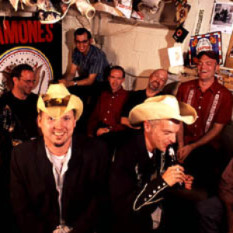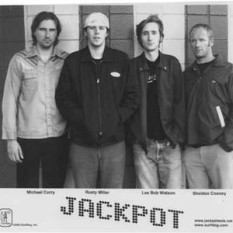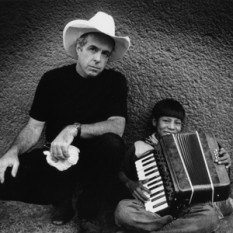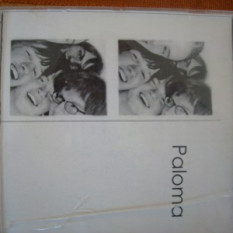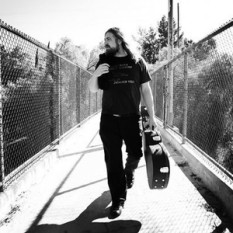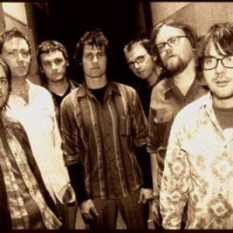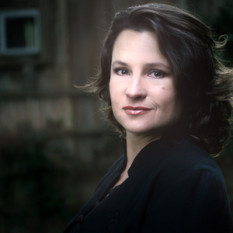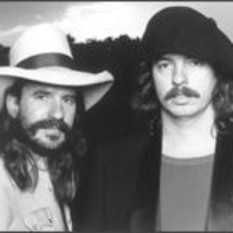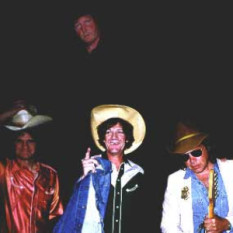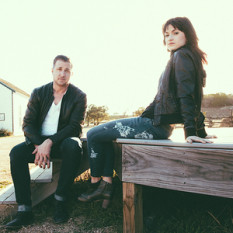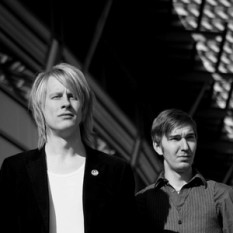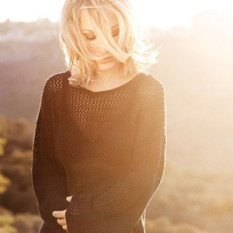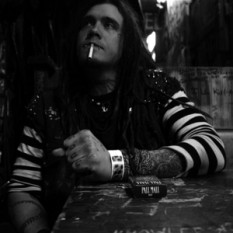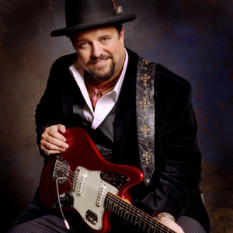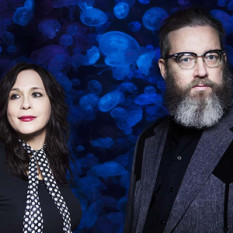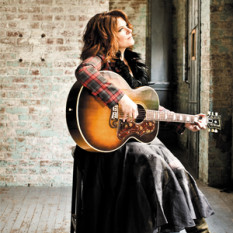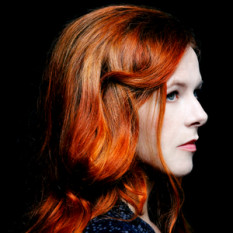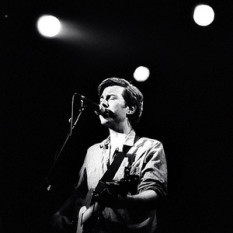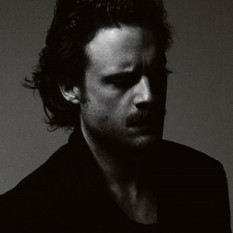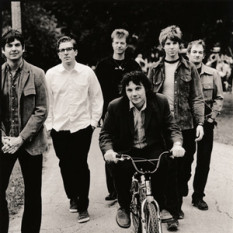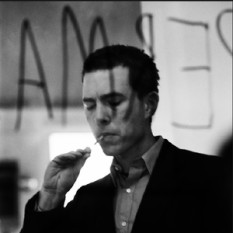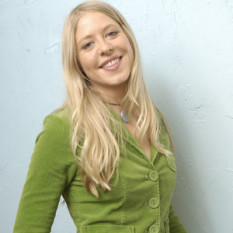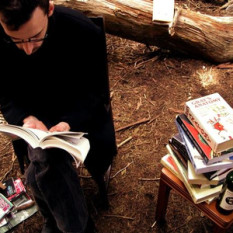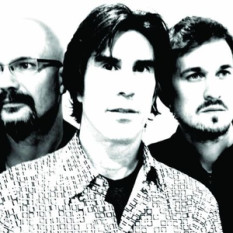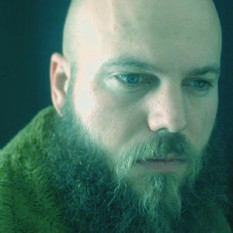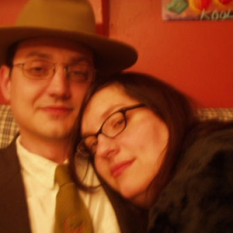"Alternative country" can refer to several ideas. Most generally, any musician who plays a type of country music different from the prevailing trend can be said to play "alternative country". By this standard, for example, the Bakersfield sound was alternative in the 1950s, and the Lubbock, Texas musicians were alternative in the 1960s.
In the 1990s, however, "alternative country" came to refer to a diverse group of musicians and singers operating outside the traditions and industry of mainstream country music. In general, these musicians eschewed the high production values and pop outlook of the Nashville-dominated industry, to produce music with a lo-fi sound, frequently infused with a strong punk and rock & roll aesthetic, bending the traditional rules of country music. Lyrics are often bleak, gothic or socially aware. In other respects, the musical styles of artists that fall within this genre often have little in common, ranging from traditional American folk tunes and bluegrass, through rockabilly and honky-tonk, to music that is indistinguishable from mainstream rock or country. Indeed, many alternative country artists come from punk and rock backgrounds. This already broad labelling has been further confused by alternative country artists disavowing the movement, mainstream artists declaring they are part of it, and retroactive claims that past or veteran musicians are alternative country. No Depression, the most well-known magazine dedicated to the genre, declared that it covered "alternative-country music (whatever that is)".
Despite this confusion, it is generally agreed that alternative country resulted from two opposing influences. The first is traditional American country music, the music of working people, preserved and celebrated by practitioners such as Woody Guthrie, Hank Williams, and The Carter Family. The second is country rock, the result of fusing country music with an aggressive rock & roll sound. The artist most commonly thought to have originated country rock is Gram Parsons (who referred to his sound as "Cosmic American Music"), although Jason and the Scorchers, and Steve Earle are frequently identified as important innovators. These two styles merged in Uncle Tupelo's 1990 LP No Depression, and this album is widely credited with being the first "alt-country" album. The bands Whiskeytown and The Old 97's continued in this tradition, and former Whiskeytown singer Ryan Adams continues to shape the genre to this day in his solo career.
Today a growing collective of musicians from across the country are taking a darker, more rustic approach to the genre, creating a subculture commonly referred to as "Gothic Americana". Many credit this style's origins to the artists that came from the Denver scene in the mid to late 90s, such as the Denver Gentlemen and 16 Horsepower with David Eugene Edwards. Today's alt.country musicians blend traditional folk, Americana, gypsy, blues, bluegrass, country, and rockabilly with punk and alternative rock to create an original style of music firmly rooted in the alt.country trenches, but with a much darker side. Traditional instruments such as fiddles, banjos, harmonicas, accordions and mandolins mix with electric guitars, powerful drumming and upright bass to create a dynamic, raw sound. The scene encompasses a rogue's gallery of performers and musicians, sharing the stage with burlesque dancers and circus freaks. Drawn by bands such as Wovenhand, Slim Cessna's Auto Club, O' Death, Jay Munly, Strawfoot, Reverend Glasseye, Curtis Eller, The Monads, Creech Holler, William Elliott Whitmore, The Handsome Family and many others, fans are growing in large numbers around the world.
.

